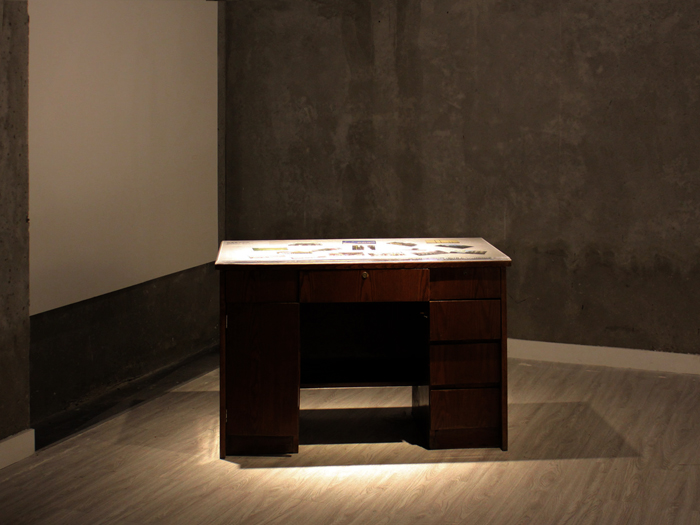About | Images


Thus, Kojève began to play the role as the sage. After the end of WWII, while working as a representative of France in different international institutions, he was able to travel around the world. During his global travels, he began to collect postcards with images of historical monuments and works of art and to practice photography. Like an administrator, a photographer's job is also to select, choose a standpoint, collect or discard. While the sovereign gaze of the photographer usually tries to catch the fleeting moment of life and makes it eternal, Kojève was more interested in the images of past, in the historical monuments that remind one of the time before the end of history. Therefore, the postcards he collected and the travel photography he took follow an anonymous and highly conventional postcard style. They celebrate the disappearance of the subject in the neutrality, anonymity and objectivity of the camera's gaze in the post-historical reality.
Our project speaks to Kojève's postcard-photography project in the sense that we are also interested in monumental images on postcards. However, we will reverse the Kojevian gaze: instead of capturing the images the monuments from the past, we produce postcard images from the future. In the post-revolutionary China, like in many other places in the world, the rapid transformation of urban landscapes results in the forgetting of the past, which induces massive mourning, nostalgia and conservation. In contrast, our postcard images preserve landscapes that are nothing but the profane, the un-historic and even the new while they are framed in a gaze as if they are already become frozen images of the past. In a imilar anonymous style of the Kojevian postcard images, the images we show in this project are documentations of usually the least "monumental" or "picturesque" urban spaces in today's China. These spaces are still regarded as empty and homogenous spaces without being associated with any symbolic, touristic or historic meanings yet. By re-framing these images of the present in a game of both monumentalizing and kitschifying the seemingly unspectacular, we not only question the highly selective nature of nostalgia, conservation and touristic gaze, but also try to establish an archive of images and objects that defies the linearity of history and modernity but invites alternative representations of temporality.
This project is commissioned by City Pavilion, Shanghai Biennale 2014.
Photo Courtesy from Daniel Traub, Yang Changhong, Ma Ran etc.